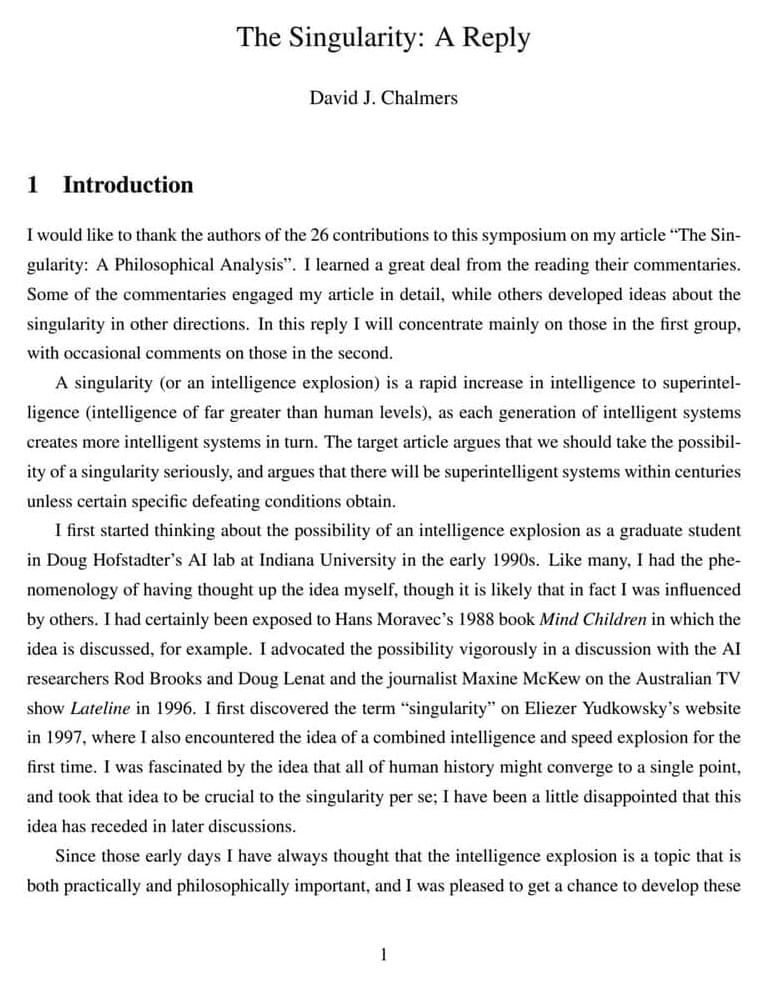Watch the extended cut of the Singularity, starring Adam Driver in a journey for truth and a website that makes websites.
Visit thesingularity.squarespace.com to Enter the Singularity.
—
Connect with us:
➤ TikTok: https://www.tiktok.com/@squarespace.
➤ Instagram: https://www.instagram.com/squarespace.
➤ Pinterest: https://www.pinterest.com/squarespace.
➤ Facebook: https://www.facebook.com/squarespace.
➤ Twitter: https://twitter.com/squarespace.
➤ LinkedIn: https://www.linkedin.com/company/squarespace.
👋 About Squarespace.
Squarespace empowers millions of dreamers, makers, and doers by providing them with the tools they need to bring their creative ideas to life. On Squarespace’s dynamic all-in-one platforms, customers can claim a domain, build a website, sell online, and market a brand. Our suite of products combines cutting-edge design and world-class engineering, making it easier than ever to establish and own your online presence.
#TheSingularity #Website #AdamDriver #Squarespace





